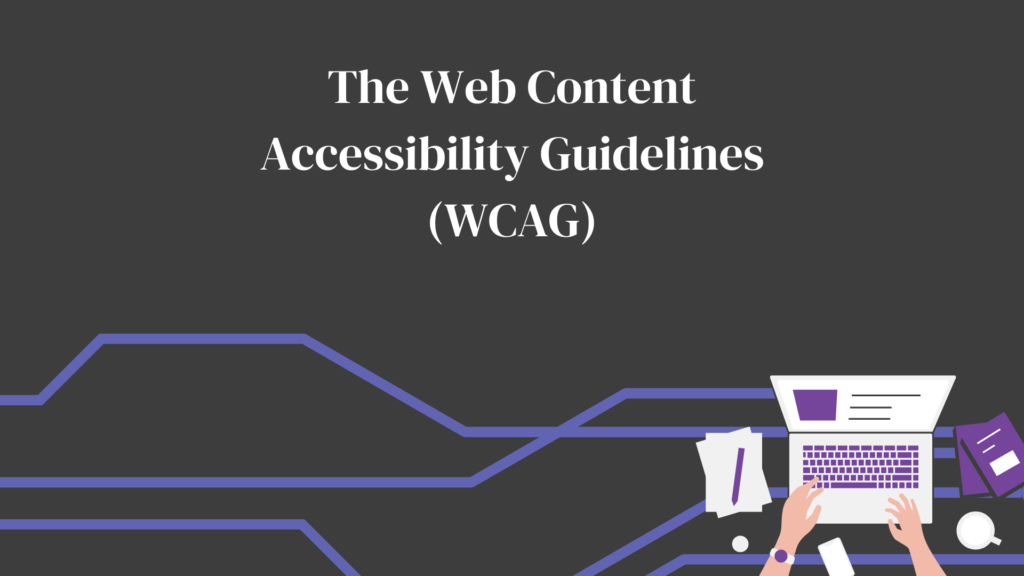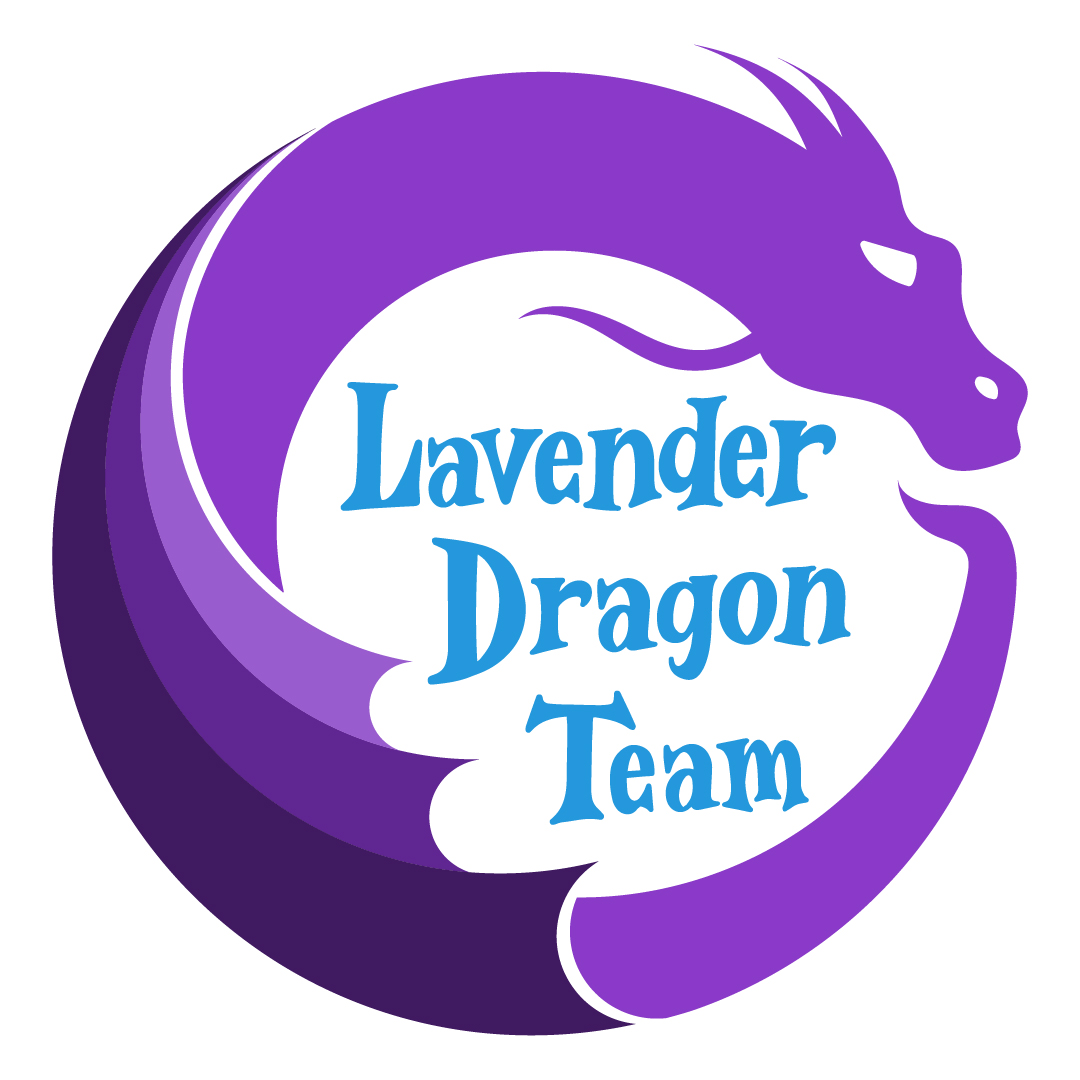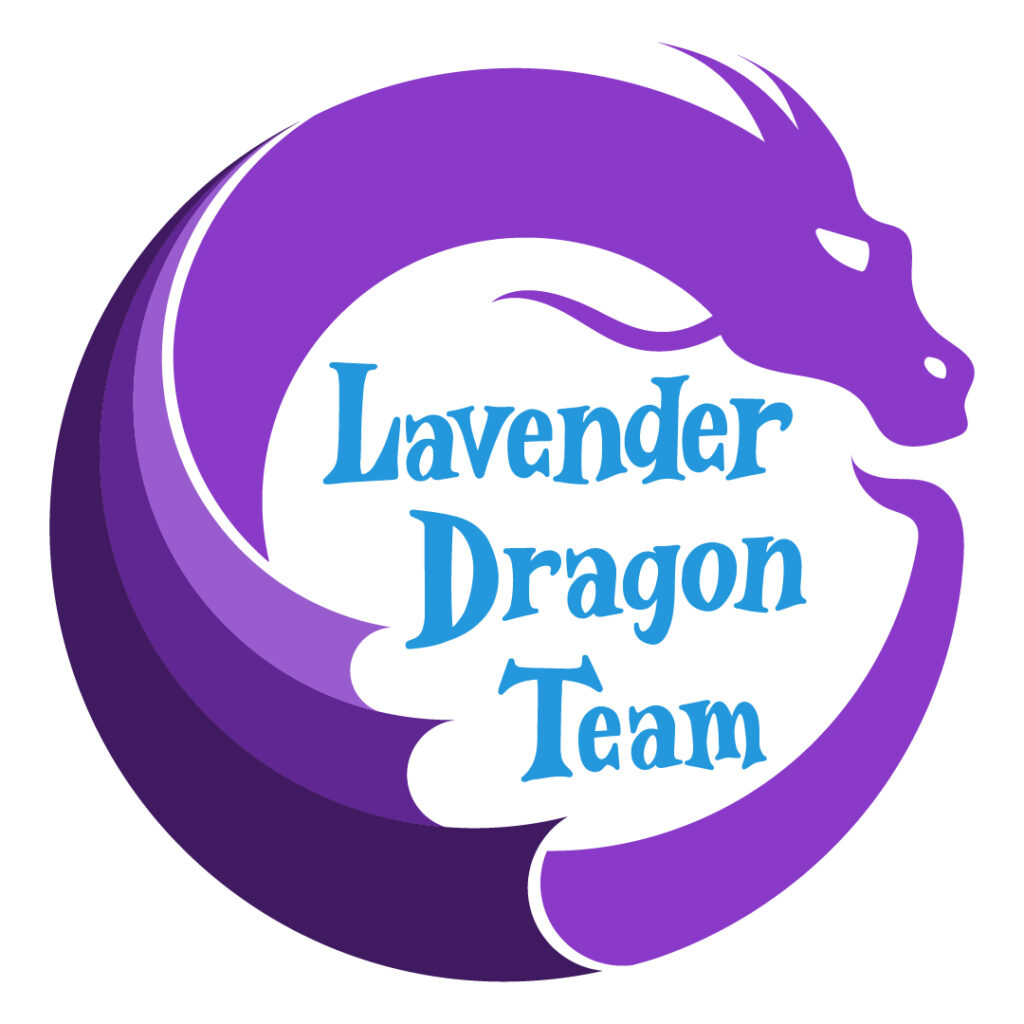
What are the WCAG Standards?
Web Content Accessibility Guidelines, or WCAG, formulated by the World Wide Web Consortium (W3C), is the gold standard for website accessibility.
Wide-ranging recommendations are included in the Web Content Accessibility Guidelines (WCAG) 2.1 for improving the accessibility of Web content. By following these recommendations, the content will be more accessible to a broader scope of individuals with disabilities, including those with poor eyesight, hearing problems, limited mobility, speech impairments, photosensitivity, and combinations of these, as well as some accommodations for learning disabilities and cognitive limitations. Additionally, these standards increase the usability of Web content for users as a whole and for older people whose capabilities change with age.
WCAG Layers of Guidance
The WCAG document provides a layer of guidance that different people, such as web developers, policymakers, teachers, and students, can follow to cater to the varying needs of a diverse population in uploading web content. These layers of guidance help in achieving the goal of making web content more accessible.
Principles
At the pinnacle of this guidance are the principles considered the foundation of web accessibility: perceivable, operable, understandable, and robust.
Guidelines
Under each principle are guidelines. These are fundamental objectives that content creators should strive for to make their work more accessible to individuals with various disabilities.
The WCAG 2 has 13 guidelines spread out through different principles. These guidelines target the aspects of web content creation listed below.
- Provide text alternatives
- Provide time-based media
- Content adaptability
- Distinguishability
- All content shall be keyboard accessible
- Sufficient time for users
- Avoid designs that can cause seizures or any physical reactions
- Addition of design that improves navigation
- Input modalities
- Content shall be readable
- Web operations shall be predictable
- The assistance that helps users correct their mistakes
- Compatibility
Success Criteria
Each guideline has a corresponding success criterion that is testable. These criteria are utilized in requirement and conformance testing. In testing, there are three levels of conformance: A (lowest), AA, and AAA (highest).
Sufficient and Advisory Technique
The working group of WCAG has documented various strategies from the guidelines and success criteria. Those classified as sufficient techniques are ways that help meet the success criteria reliably. In contrast, those that go beyond what is needed by the success criteria are categorized as advisory techniques. Failures are also documented to help identify which techniques are inefficient or require improvement.
Why is WCAG Important?
1. Improves SEO and Website Traffic
The goal of SEO and web accessibility are similar in numerous ways. Adhering to the WCAG guidelines indirectly improves the SEO of your webpage as well. A better SEO improves your website’s ranking in search engines leading to more web browsers discovering your page. Such scenarios are favorable for your website traffic.
For instance, by adding text alternatives that are part of the WCAG guidelines, you are also enhancing your website’s SEO. Alt text is a commonly known way of improving SEO.
2. To Avoid Legal Complications
Avoids The Americans with Disabilities Act (ADA) forbids discrimination against people with disabilities everywhere and in all facets of public life. The goal of the law is to ensure that everyone, including those with disabilities, has access to the same opportunities. Ensuring that the website follows the WCAG standard and complies with this law. Although the ADA does not yet specifically address the issue of web accessibility, the law is sufficiently wide to be interpreted to apply to the digital domain. It is a good move not to give anyone a reason to file a complaint against your business.
3. Better Brand Reputation
Numerous consumers are selective about the businesses they support. Some customers look at a business’s values before deciding to purchase its product. Adhering to the WCAG signifies that your company promotes inclusivity and caters to people with disabilities. This decision is your business sending out a message that you value every customer regardless of their disabilities, which is very important for people with disabilities and disability rights advocates.
4. Higher Revenue
An accessible website opens up your business to a wider audience since it provides equal access to people with physical and cognitive disabilities. Website accessibility also makes user experience for those without impairments as the website’s overall design is crafted to improve everyone’s experience.
According to the Centers for Disease Control and Prevention (CDC), approximately 61 million adults in the United States have disabilities. Imagine opening your business to that amount of people. It brings up new business opportunities and gives a chance to build relationships with new customers.
References
Introduction to understanding WCAG 2.0. Introduction to Understanding WCAG 2.0 | Understanding WCAG 2.0. (n.d.). Retrieved September 15, 2022, from https://www.w3.org/TR/UNDERSTANDING-WCAG20/intro.html
Understanding techniques for WCAG success criteria. Understanding Techniques for WCAG Success Criteria | Understanding WCAG 2.0. (n.d.). Retrieved September 15, 2022, from https://www.w3.org/TR/UNDERSTANDING-WCAG20/understanding-techniques.html
W3C. (n.d.). Web content accessibility guidelines (WCAG) 2.1. W3C. Retrieved September 16, 2022, from https://www.w3.org/TR/WCAG21/

